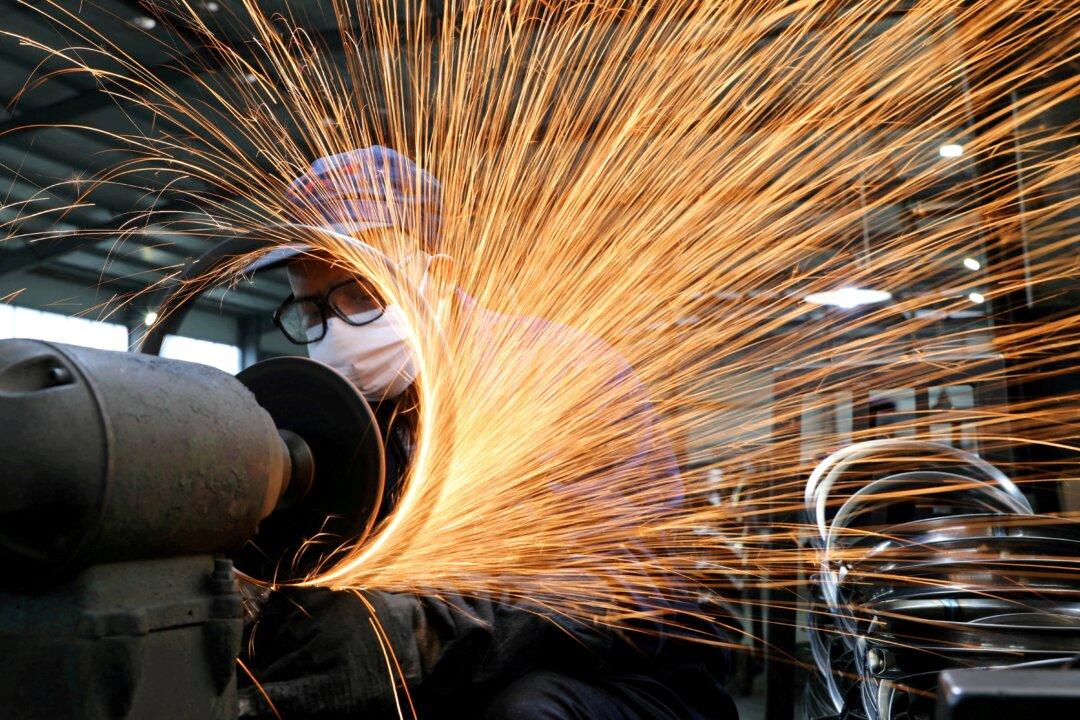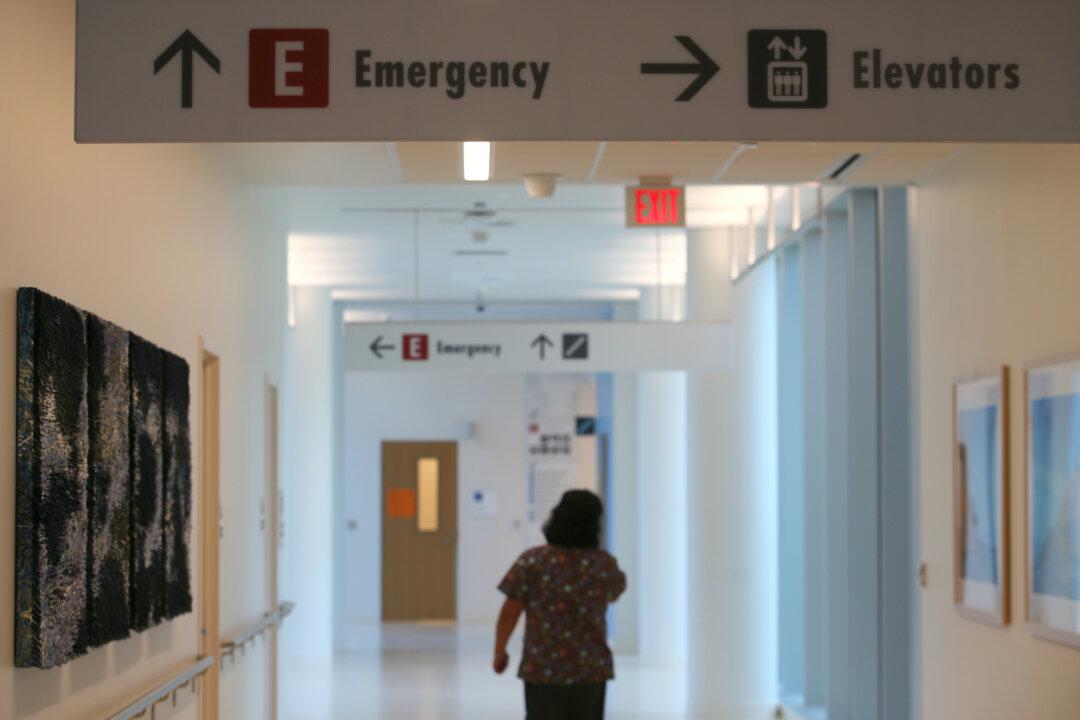BEIJING—China’s economy stumbled in May with industrial output and retail sales growth missing forecasts.
The economic rebound seen earlier this year has lost momentum in the second quarter, prompting China’s central bank to cut some key interest rates this week for the first time in nearly a year, with expectations of more to come.





